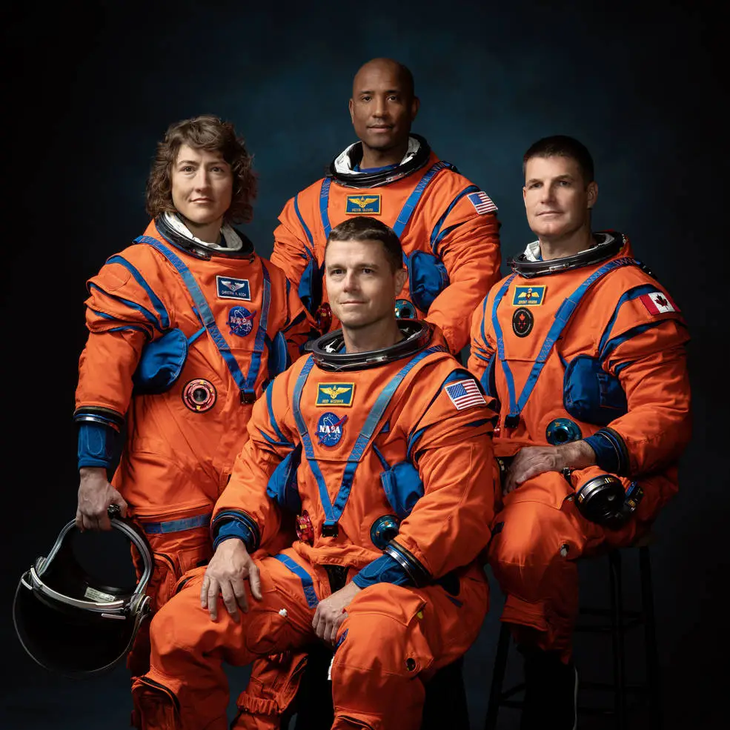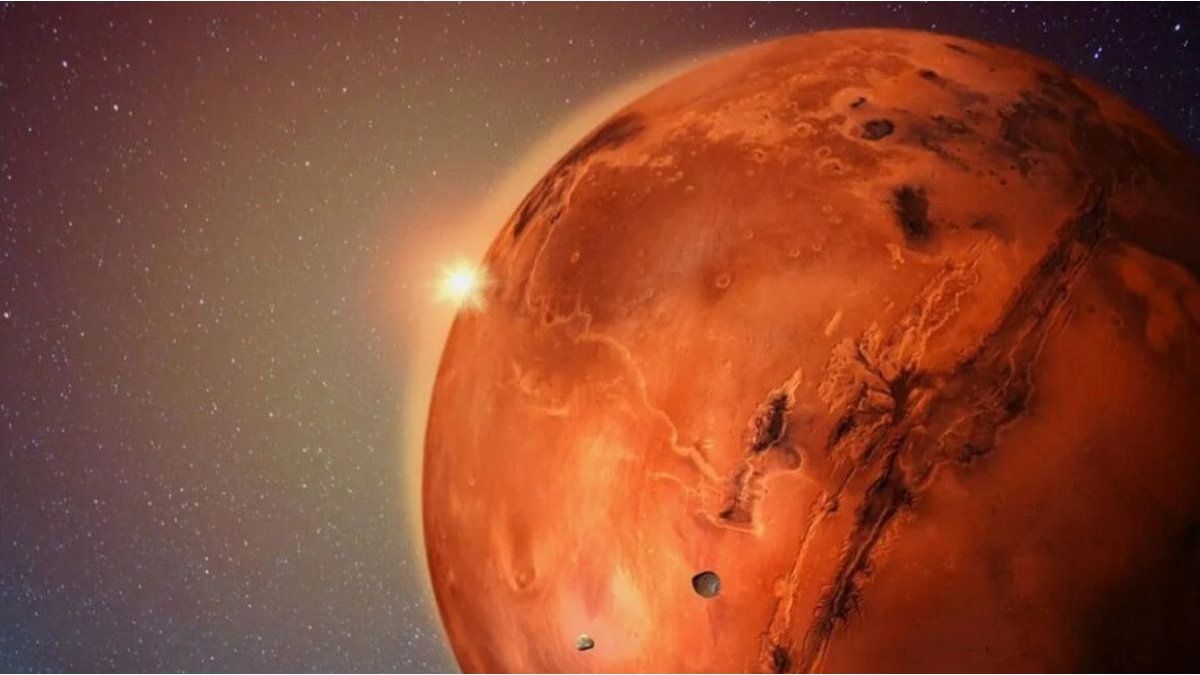The NASA recorded the arrival of X and gamma rays to the red planetafter a series of solar flares and corona mass ejections that even caused martian auroras. The largest event occurred on May 20, according to data collected by the spacecraft Solar Orbitera joint mission between the European Space Agency (ESA for its acronym in English) and the American organization.
For his part, the Curiosity explorer – who landed on the red planet 12 years ago – observed, through his Radiation Assessment Detector (RAD) that radiation dose product of the astronomical phenomenon was equivalent to 30 chest x-rays. RAD data is crucial for scientists to plan highest level of exposure to the radiation they could astronauts will face in the future.
The solar storm that reached Mars
A series of solar storms caused the big red planet gets hit with x-rays and gamma rayswhich produced, among other things, a phenomenon known as Martian auroras. The largest event occurred on May 20 with a solar flare that was estimated to be an X12 (flares are classified into different types, with class X being the strongest).
Martian Auroras art print.jpg
An artist’s impression of what Martian auroras might look like on the red planet.
Emirates Mars Mission
The first data were provided by the Solar Orbiter spacecraft, a joint mission between ESA and NASA. The flare’s X-rays and gamma rays arrived first, while the charged particles released It took a few tens of minutes for the sun to arrive.
The event also caused the star chamber used by the orbiter to NASA’s Mars Odyssey 2001 It is flooded with solar particles, causing its momentary blackout. This was not the Odyssey’s first encounter with a solar flare: in 2003, a similar storm – later estimated to be an X45 – burned out the radiation detector of the space probedesigned specifically to measure such events.
Embed – https://publish.twitter.com/oembed?url=https://x.com/NASAJPL/status/1800222832754045427?ref_src=twsrc%5Etfw%7Ctwcamp%5Etweetembed%7Ctwterm%5E1800222832754045427%7Ctwgr%5E6a46b 97f432247c09bdb909fc66fa6cd32448f78%7Ctwcon% 5Es1_&ref_url=https%3A%2F%2Fwww.mundodeportivo.com%2Fus%2Factualidad%2F20240611%2F692305%2Ftormenta-solar-marte-registrada-nasa-imagenes-son-impactantes.html&partner=&hide_thread=false
On the other hand, the MAVEN orbiter, also from NASA, captured another effect of solar activity. After the eruptions, bright auroras appeared over the red planet, as a result of its lack of magnetic field to protect the planet from these solar particles.
“This was the largest solar energetic particle event MAVEN has ever seen“said the space probe’s space weather director, Christina Lee, from the Space Sciences Laboratory at the University of California at Berkeley.
Mars: the next goal
The data collected in the last solar storm is key to the future aspirations of the US administration. NASA’s most ambitious goal is to send humans to the red giant in the late 2030s.in a mission that is expected to last approximately 500 days.
Currently, the United States develops the Artemis program: a international space plan who seeks to set foot on the Moon again, establish a sustainable presence on the surface and lunar orbit and lay the foundations of an economy on Earth’s satellite. This program, led by NASA, has the support of half a dozen Space Agencies (including the European and Mexican) and a large number of private companies.
artemis astronauts.webp

The crew of NASA’s next mission, Artemis II, which will orbit the moon for 10 days (from left to right): Christina Hammock Koch, Reid Wiseman (seated) and Victor Glover, and Canadian Space Agency astronaut Jeremy Hansen.
The Artemis missions hope to put a human on the Moon again by 2026. This is considered the prelude to NASA’s space program to put a man on Mars during the 2030s.
In this sense, the data provided by the Radiation Assessment Detector (RAD) of the Curiosity explorer about the last solar storm that hit Mars is fundamental. According to the RAD, if the astronauts had been standing next to the explorer at the time of the stormthey would have received a radiation dose of 8,100 micrograys, equivalent to 30 chest x-rays.
Although this measurement was not fatal, it was the largest surge measured by RAD since Curiosity landed on the red planet 12 years ago. “Cliffs or lava tubes would provide additional protection for an astronaut in such an event. In Mars orbit, or in deep space, the dose rate would be significantly higher“he explained in a statement Don HasslerRAD principal investigator, Solar System Science and Exploration Division, Southwest Research Institute, Boulder, Colorado.
“I wouldn’t be surprised if this active region of the Sun continues to eruptwhich would mean there will be even more solar storms on both Earth and Mars in the coming weeks,” Hassler concluded.
Source: Ambito




